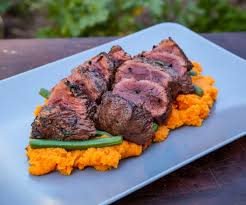How to Graph Polar Equations: 4 Steps

Introduction:
Polar equations are mathematical expressions that define curves in the polar coordinate system, which represent points in terms of their distance (radius) from the origin and angle (theta) from a reference axis. Graphing these equations can be useful in various fields such as physics, engineering, and computer graphics. In this article, we will explore four easy steps to graph polar equations.
Step 1: Understand the Polar Coordinate System
The polar coordinate system consists of an origin point (pole) and a reference axis (polar axis). A point in this system is represented as (r, θ), where r is the distance from the origin and θ is the angle measured counterclockwise from the polar axis. Familiarize yourself with this coordinate system before attempting to graph polar equations.
Step 2: Identify the Polar Equation Type
There are various types of polar equations such as circles, limaçons, roses, lemniscates, and spirals. Familiarize yourself with each type’s equation form and properties. This understanding will provide you with a basic idea of what the curve will look like even before you start plotting points.
Step 3: Choose Key Theta Values
Select a range of values for theta that covers one complete cycle of the curve. For example, if you’re graphing a simple circle with equation r = cos(θ), you can choose θ values from 0 to 2π. It’s important to make sure you cover enough values to accurately represent the full curve of your equation.
Step 4: Plot Points and Draw the Curve
For each selected theta value, calculate the corresponding radius r using your polar equation. Once you have all coordinates (r, θ), plot these points on a polar grid by measuring their radial distance and angle from the origin. Finally, connect these points to draw the curve of the polar equation.
Conclusion:
Graphing polar equations is a valuable skill that requires an understanding of the polar coordinate system, equation types, and plotting techniques. Practice these steps with various polar equations to master the art of graphing them effectively.






